Congratulations! You’ve decided to build your dream home. But beyond the aesthetics and functionality, there’s a crucial element to consider: energy efficiency. By incorporating energy-saving features from the start, you can create a comfortable, eco-friendly space that minimizes your environmental impact and reduces your utility bills for years to come. This article explores key energy-efficient features to prioritize when designing and building your new home.
The Foundation of Energy Efficiency
The building envelope refers to the physical barrier between your home’s conditioned interior and the outside environment. Here’s how to optimize it for energy savings:
- High-Performance Insulation: Proper insulation in walls, ceilings, and attics is vital. Invest in high-performance insulation materials with a high R-value, which indicates their resistance to heat flow.
- Air Sealing: Even small air leaks can significantly impact energy efficiency. Work with your builder to ensure proper air sealing throughout the building envelope to minimize drafts and unwanted air infiltration.
- Energy-Efficient Windows: Windows play a significant role in heat gain and loss. Opt for double-paned or triple-paned windows with a Low-E coating that reflects heat in the summer and retains it in the winter.
Optimizing Comfort and Efficiency
Heating and cooling systems are major energy consumers. Here’s how to make smart choices:
- High-Efficiency HVAC Systems: Invest in a high-efficiency HVAC (heating, ventilation, and air conditioning) system with a high SEER (Seasonal Energy Efficiency Ratio) rating for cooling and a high HSPF (Heating Seasonal Performance Factor) rating for heating.
- Smart Thermostats: Install a smart thermostat that allows you to program temperature settings and remotely control your HVAC system, optimizing energy use when you’re away.
- Alternative Heating and Cooling Options: Consider geothermal systems or cold climate heat pumps for a more sustainable and potentially more efficient heating and cooling solution, depending on your climate.
Saving Energy in the Heart of the Home
The kitchen is a hub of activity, and appliances can be significant energy consumers. Here’s how to make eco-friendly choices:
- Energy Star Appliances: Look for the Energy Star label when purchasing appliances. These appliances meet strict energy-efficiency standards, significantly reducing your energy consumption.
- Induction Cooktops: Consider an induction cooktop, which transfers heat directly to cookware, minimizing wasted energy compared to traditional electric or gas cooktops.
- Smart Kitchen Appliances: Explore smart kitchen appliances that can be controlled remotely, allowing you to preheat the oven or turn off lights when not in use.
Additional Considerations for Energy Efficiency
Here are some additional features to consider for a truly energy-efficient home:
- Water Heater Options: Explore tankless water heaters, which heat water on-demand, eliminating standby energy losses. Solar water heating systems can be an option depending on your climate.
- Fireplace Removal (if applicable): Traditional fireplaces can be energy drains. Consider alternative heating solutions like efficient gas fireplaces or electric fireplaces with heating elements. Consult a professional for safe fireplace removal if opting for this route.
- Smart Home Technology Integration: Smart home systems can integrate various aspects of your home, like lighting and thermostats, allowing for remote monitoring and control, optimizing overall energy efficiency.
Work with your builder and consider features like kitchen cabinetry made from sustainable materials to create a beautiful and eco-friendly home. Building green starts with informed choices – choose wisely and enjoy the benefits of an energy-efficient dream home.
Conclusion
By incorporating these energy-efficient features into your new home, you’re making a conscious decision to minimize your environmental impact and create a comfortable, cost-effective space for years to come. Remember, energy efficiency doesn’t have to compromise aesthetics.

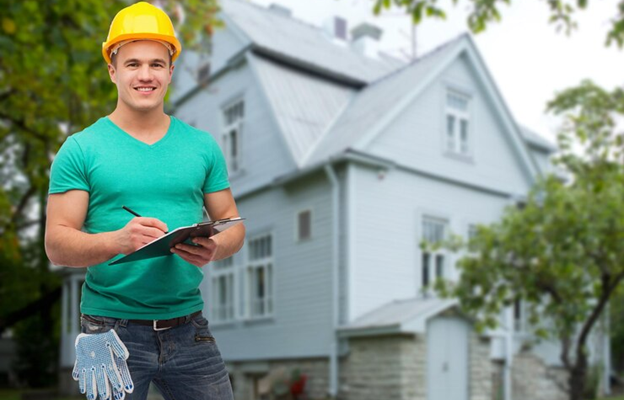
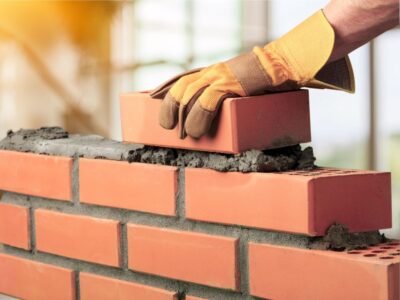


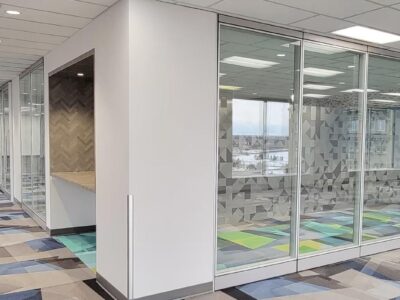


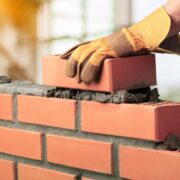

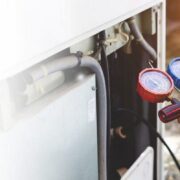
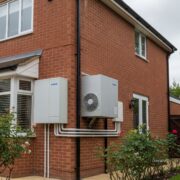
Comments